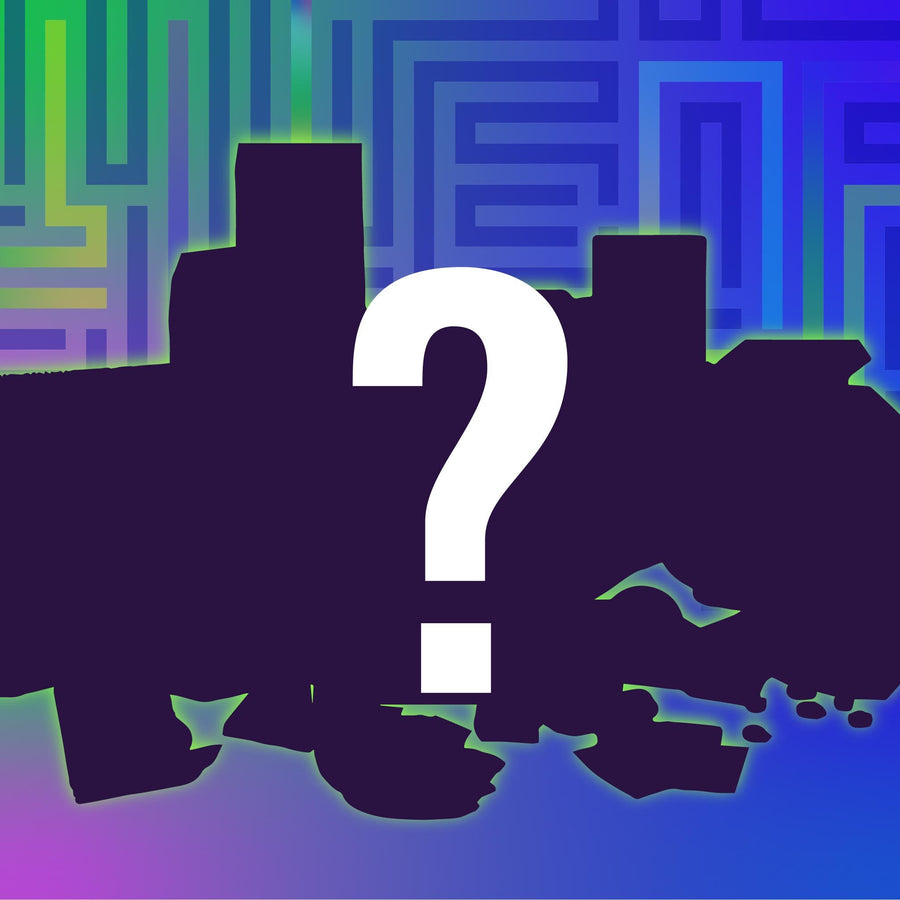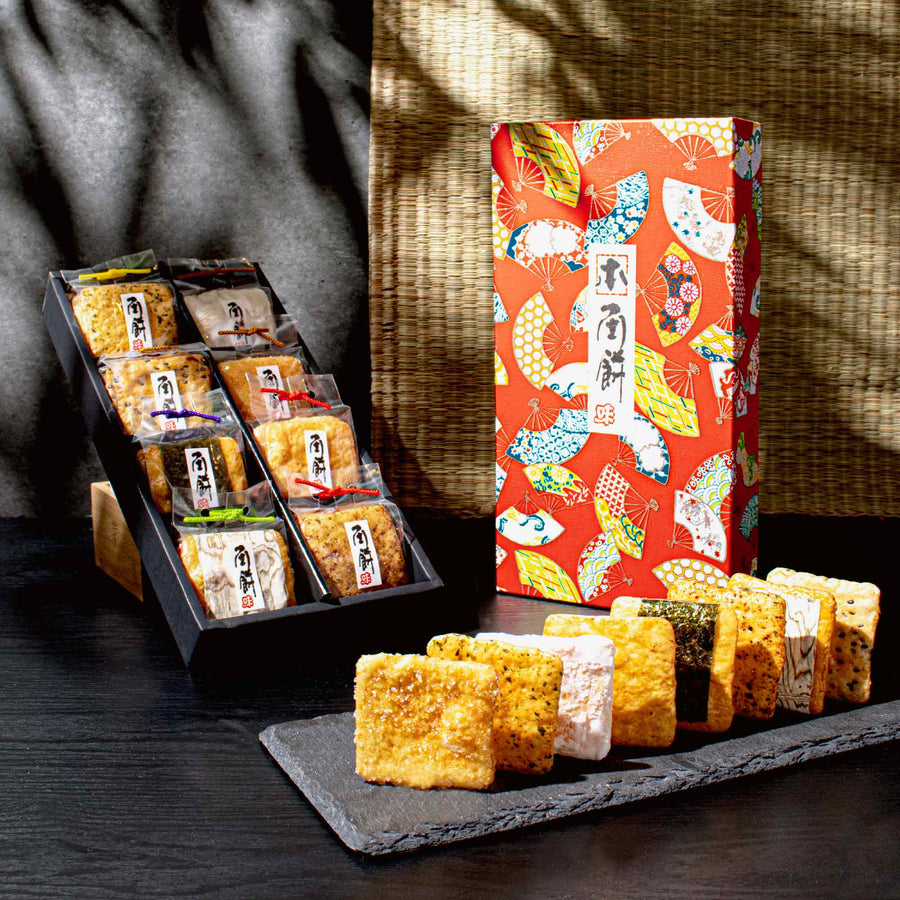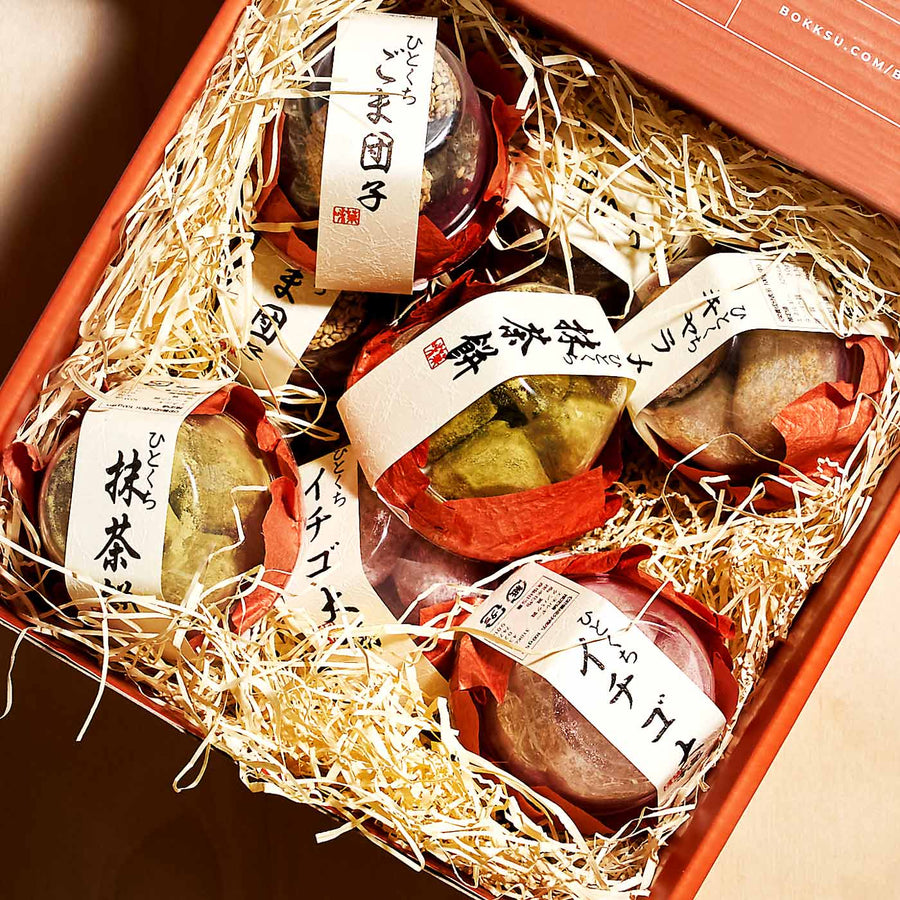The Shinkansen: Zooming Through Japan at Bullet Speed
What do you get when you combine speed, comfort, and safety? You get the Shinkansen (Japanese bullet train). Find out why this engineering marvel is both the present and the future of transportation in Japan.
The Shinkansen's Role in Japan's Transportation Legacy

Shinkansen is a term used to describe a network of high-speed railway lines connecting Tokyo to major cities in Honshu, Hokkaido, and Kyushu islands and the trains that run on these lines. In English, these trains are called bullet trains. When translated directly, the word Shinkansen or Shin-kan-sen means “new trunk line” or “new main line.” The current maximum speed of the Shinkansen is 320 km/h. Japan Railways Group (JR Group) is in charge of operating it.
The Japanese bullet train is a lot faster than regular trains, which don't typically go faster than 160 km/h. Couple the high speeds with the punctuality of these trains and you’ll understand why the Shinkansen is so beneficial to the people of Japan. The trains are also spacious and relatively silent, making them one of the most comfortable ways to travel in modern Japan. The Shinkansen has carried over 10 billion passengers since it was created 50 years ago, yet there has been no record of fatal accidents with any of the trains.
The Shinkansen was first officially launched on October 1, 1964. It was initially created to facilitate trips from Tokyo to Osaka and vice versa during the Tokyo Olympics. Where it used to take six hours and 40 minutes to get to Osaka from Tokyo, the arrival of the Shinkansen meant that the trip’s duration was shortened to four hours. Further improvements in efficiency reduced the duration even further in 1965 to three hours and 40 minutes The project turned out to be a massive success, and by 2014, the Shinkansen was receiving 22,000 passengers per hour of operation. As the years passed, the rail network for bullet trains expanded from the original Tokaido Shinkansen, which connected Tokyo to Nagoya and Osaka, to reach more areas in Japan.
Today, the Shinkansen has had a great impact on travel and economic development in Japan by providing an affordable and efficient means of transportation for locals and tourists. It also greatly reduced the traffic strain that was negatively affecting industrial transportation routes. There are currently nine Shinkansen lines.
Engineering Marvel: The Technology Behind the Shinkansen

The Shinkansen can offer speed, safety, and efficiency thanks to the innovative designs implemented on the project. The bullet train is a type of electric multiple unit (EMU), which means that it uses electricity as the main motive power. Overhead wires and rooftop pantographs, which provide 25 kV AC to it, are its sources of electrical power. The power output of the train is three times as much as that of older electric locomotives. Thanks to its electrical power source, the train produces only 16% of the carbon dioxide cars would produce to cover the same distance.
The trains also have a large loading gauge and no power cars, allowing for wider coaches than conventional trains. This means that it can carry more passengers on a shorter length of train. The Shinkansen also has greater acceleration, which means it spends less time regaining top speed in between stops. The tilt mechanism added to the train allows it to bend around curves much faster, further improving its efficiency. Shinkansen also have long noses to reduce sonic booms when they enter a tunnel at high speed.
The Shinkansen does not use trackside signals; instead, it employs automatic train control along with several automated traffic control technologies to ensure the safety of all passengers. The drivers are provided with consoles that display target speeds and monitor potential earthquakes.
A Network of Speed: Shinkansen Lines Across Japan

There are nine major Shinkansen lines connecting cities across Japan. The majority of them run on their own exclusive tracks. They also have multiple bullet train types, ranging from the fastest to the slowest. It’s possible that we will see new lines created or existing lines extended in the future.
-
Tokaido Shinkansen: The first high-speed railway. It’s currently the oldest and busiest Shinkansen line in the country and is served by Kodama, Nozomi, and Hikari trains. The line connects Tokyo, Yokohama, Nagoya, Kyoto, and Osaka.
-
Sanyo Shinkansen: The second oldest line (founded in 1975). It’s responsible for connecting Osaka and Fukuoka. Train categories include Hikari, Sakura, Nozomi, Mizuho, and Kodama.
-
Tohoku Shinkansen: This is the Shinkansen link between Tokyo and Aomori. It consists of two branch lines, namely Akita and Yamagata. Available train services are: Yamabiko, Hayate, Nasuno, Hayabusa, Tsubasa, and Komachi.
-
Akita Shinkansen: The branch of Tohoku Shinkansen connecting Tokyo to Akita. The only train serving this mini-Shinkansen line is Komachi.
-
Yamagata Shinkansen: The branch of Tohoku Shinkansen line connecting Tokyo to Shinjo. The only train serving this line is Tsubasa.
-
Hokkaido Shinkansen: Hayabusa and Hayate provide service on this line that connects Aomori and Hakodate. There are plans to extend this line to Sapporo after 2031.
-
Joetsu Shinkansen: The line connecting Tokyo to the onsen (Japanese hot spring resorts) of Niigata. It’s currently served by Toki and Tanigawa trains.
-
Hokuriku Shinkansen: The line was created for the Nagano Olympic Games in 1997. Hence, it used to be called Nagano Shinkansen. It connects Tokyo to Kanazawa with the help of Kagayaki, Tsurugi, Hakutaka, and Asama train services.
-
Kyushu Shinkansen: The Kyushu Shinkansen line links Fukuoka with Kagoshima-Chuo. Available trains are Tsubame, Mizuho, and Sakura.
The Chūō Shinkansen line is currently under construction and is scheduled to open in 2027. The line will connect Tokyo and Nagoya, with a possible extension to Osaka.
Shinkansen Speed: Breaking Records on the Rails

Most Shinkansen currently in operation have a maximum speed of 300 km/h. However, the E5 and H5 Series can reach a speed of 320 km/h, making them the fastest trains in Japan. Despite the impressive speeds of the Japanese Shinkansen, they’re only the fifth-fastest passenger trains in the world. Other trains that are faster than them include the following:
-
China’s Shanghai Maglev: 460 km/h
-
China’s CR400 ‘Fuxing’: 350 km/h
-
Germany’s ICE 3: 330 km/h
-
France’s TGV: 320 km/h
Outside of everyday operation, the Japanese bullet trains can reach much greater speeds. In 1996, the Class 955 “300X” train reached 443 km/h during tests on the Tokaido Shinkansen line. A similar situation occurred in 2019, when the Class E956 "ALFA-X" reached 400 km/h on the Tohoku Shinkansen.
But the best is yet to come, as JR Central is on the verge of breaking all boundaries and making the Shinkansen the undisputed fastest train in the world. It all began with the prototype testing of the MLX0, an experimental Maglev Shinkansen. This train ran on the Yamanashi Test Track and reached 581 km/h, breaking the Guiness World Record as the fastest train in the world. In 2015, another prototype Maglev Shinkansen, the L0 Series, reached 590 km/h on the same test track. The train would go on to beat its own record five days later by reaching a speed of 603 km/h.
When will we see these cutting-edge Maglev bullet trains? Well, they’re the main attraction of the upcoming Chūō Shinkansen, so we can expect to see them in 2027.
Riding the Bullet Train: What to Expect

You can board a bullet train by waiting at any nearby Shinkansen station. You’ll need to have a ticket or a JR Rail Pass. We highly recommend that you get a Japan Rail pass if you’re a tourist with plans to explore Tokyo and other major cities. It will give you unlimited access to all Shinkansen bullet trains for a week, two weeks, or three weeks, depending on your selected package. With this pass, you don’t have to buy a new ticket for every journey. But please note that you’ll have to activate your JR pass at least once at a ticket office before you can use it to board trains.
Shinkansen tickets are sold at the train station (ticket counters, offices, and machines) or on the websites of the JR operators. You need two tickets to ride the bullet train: a passenger ticket and an express ticket. Some operators offer an integrated ticket. Ensure you have your tickets at all times because the attendants will check for them during the journey. Ticket fees include the following:
-
Base fare: payment for the distance covered.
-
Shinkansen supplement: payment for using a bullet train instead of slow trains.
-
Seat reservation fee (optional): payment to reserve a seat on the train. Prices vary with demand.
-
Green car fee: payment for riding the green car, which is like a “first class” travel option.
Slide your tickets at the same time into the Shinkansen ticket gate at the station. Once approved, you’ll be allowed to pass through. Head over to the electronic timetables for information on your departure platform. Non-reserved ticket holders have to wait in line, but if you have a reserved ticket, you can board your train right away. Once inside, find your car and seat number and relax through the journey. Please note that only pets weighing below 10 kg are allowed on the trains.
Iconic Journeys: Must-Experience Shinkansen Routes

Your journey on the Shinkansen train offers a unique opportunity to bask in the natural beauty of Japan. Some routes have incredible views of mountainous landscapes, cultural landmarks, and stunning scenery. One of the best 3 shinkansen routes is the trip from Tokyo to Kyoto. As the train leaves Tokyo for Nagoya on the Tokaido Shinkansen line, you can clearly see the gigantic Mount Fuji on the right-hand side of the speeding train. The views are especially clear in the summer. If they want to know more about Kyoto, you should read our recent blog post with great tips for a one-day trip from Tokyo!
Another scenic and iconic route is Osaka to Fukuoka on the Sanyo Shinkansen line. You get to explore the western parts of Honshu island, where you can see the calm waters of the Inland Sea, the rebuilt city of Hiroshima, Peace Memorial Park, and Itsukushima Shrine. The Tokyo to Hakodate route on the Hokkaido Shinkansen line is also a fantastic trip for lovers of beautiful scenery. It takes you past the hot springs and lakes of the Tohoku region, the longest undersea tunnel in the world (Seikan Tunnel), and many more stunning sights.
The Future of Shinkansen: Innovations and Expansions

New Shinkansen trains and lines don’t spring up from out of nowhere. Such projects usually take decades of planning and construction to become operational. Thankfully, the Japanese people are very patient as they await future lines and technological advancements on their railway scene. The Chuo Shinkansen is the most anticipated innovation. In 2027, locals and visitors will be able to follow the Tokyo-Nagaya route using maglev technology, which allows trains to “levitate” off the track and reach world record speeds. Hokkaido Shinkansen is extending to Sapporo through Niseko and Otaru after 2031, and Hokuriku Shinkansen is extending to Osaka through Obama and Kyoto sometime in the 2040s. The Shinkansen has served as an inspiration for numerous international projects outside of Japan. Vietnam, Brazil, Australia, the US, and Canada have made plans to use the technology for their own railway systems.
Onboard Bento: A must-have Ekiben experience!

The word Ekiben is a combination of two Japanese words: eki (train station) and bento (lunchbox). In the past, vendors and staff sold bento meals through train windows, but they had to change their approach as Japanese trains got faster. Today, ekiben remains ever-present in train stations, albeit with a modified business model. They consist of shops and counters located at various train stations, including Tokyo Station, Ueno Station, Shinagawa Station, and Shinjuku Station. Ekiben ranges from regional cuisine to traditional staple dishes like rice, meat, and fish. These ready-made dishes are highly affordable and delicious, and they are the perfect meal to enjoy during the train ride to your destination.
Conclusion: The Shinkansen's Lasting Legacy

While in Tokyo, be sure to use the bullet train as often as you can. You’ll love looking at the scenic views while enjoying your ekiben meal. The Shinkansen is more than a means of transportation. It’s a symbol of Japan’s enduring legacy as a global beacon of innovation, efficiency, and high-quality products. You too can reflect some of these virtues by gifting authentic, high-end gifts from Bokksu Boutique.































